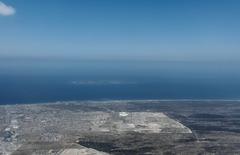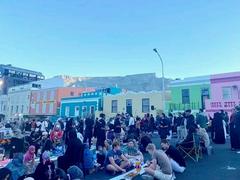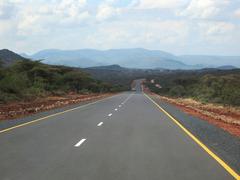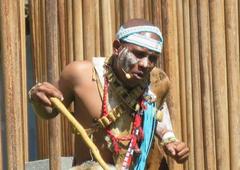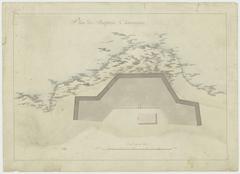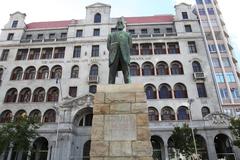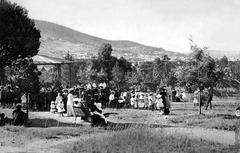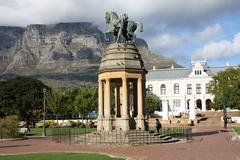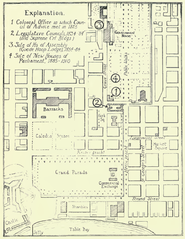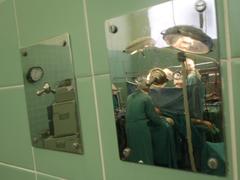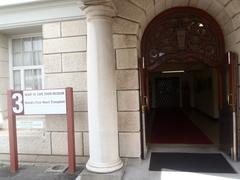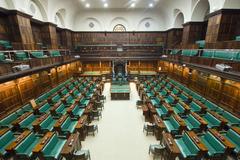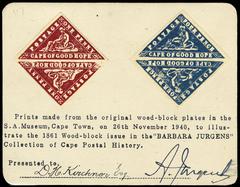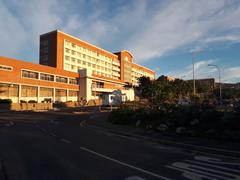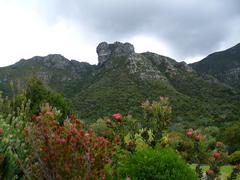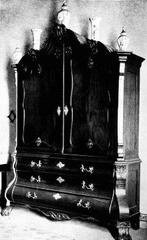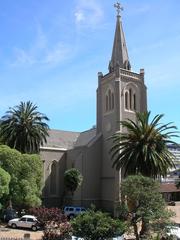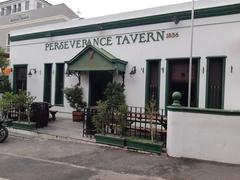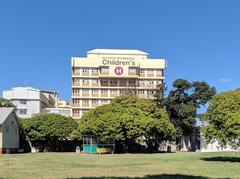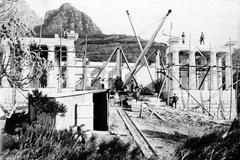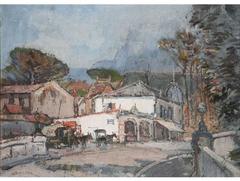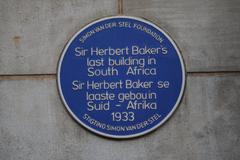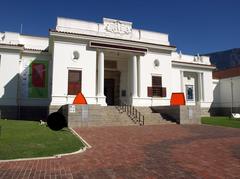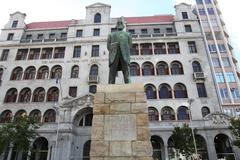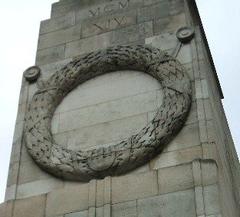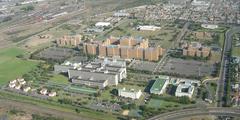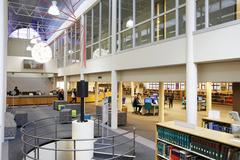District Six Museum Cape Town: Visiting Hours, Tickets, and Historical Sites Guide
Date: 14/06/2025
Introduction: The Significance of District Six Museum in Cape Town’s History
Situated in the heart of Cape Town, the District Six Museum is a living memorial to a dynamic multicultural community that was destroyed during apartheid. The museum preserves the memory of District Six—a neighborhood founded in 1867, once renowned for its diversity and vibrant culture—before more than 60,000 residents were forcibly removed under the Group Areas Act. Through immersive exhibitions, personal artifacts, and powerful oral histories, the District Six Museum offers a poignant exploration of resilience, community, and the ongoing pursuit of justice.
Visitors can experience acclaimed displays like the “Digging Deeper” permanent exhibition, which features personal stories and the symbolic “Nameless” keys, representing families who lost their homes. Guided tours led by ex-residents add depth and authenticity to the visit, while the museum’s accessibility features, community programs, and special events cement its status as a vital cultural hub in Cape Town. Whether you are a history enthusiast, traveler, or simply seeking to understand South Africa’s past, this comprehensive guide details everything you need to plan your visit—including District Six Museum visiting hours, ticket options, and nearby attractions (districtsix.co.za, southafrica.net, History Tools).
Table of Contents
- Why Visit District Six?
- Historical Context: The Rise and Fall of District Six
- Planning Your Visit
- Tips for Visitors
- Frequently Asked Questions (FAQ)
- Permanent and Temporary Exhibitions
- Guided Tours and Visitor Experiences
- Visitor Information: Tickets, Hours, and Accessibility
- Special Events and Community Programs
- Cultural Significance and Community Engagement
- Accessibility and Inclusivity
- Nearby Attractions in Cape Town
- Visuals and Media
- Conclusion and Call to Action
- References
Why Visit District Six?
District Six stands as a powerful symbol of Cape Town’s multicultural heritage and the repercussions of apartheid. The museum’s evocative displays, personal narratives, and guided tours offer a unique opportunity to connect with South Africa’s history and learn from its lessons on resilience, justice, and community. Visiting the museum is both an educational and emotional experience, making it a must-see for anyone interested in Cape Town’s identity and heritage.
Historical Context: The Rise and Fall of District Six
Early Foundations and Multicultural Growth
District Six was established in 1867 and flourished as a vibrant, multicultural neighborhood. Freed slaves, immigrants from Asia and Europe, artisans, and laborers made their homes here, creating a rich tapestry of languages, religions, and traditions. By the early 20th century, District Six housed nearly a tenth of Cape Town’s population, with bustling streets, diverse places of worship, and a thriving artistic spirit.
Displacement and Marginalization
Despite its lively culture, District Six faced marginalization and early forced removals, beginning in 1901 under public health justifications. Over time, the area was stigmatized and designated for slum clearance—plans that would be ruthlessly realized under apartheid.
Apartheid and the Group Areas Act
The apartheid regime’s Group Areas Act of 1950 accelerated segregation. District Six was declared a “whites-only” area in 1966, triggering the forced removal of over 60,000 residents classified as “Coloured,” “Black,” or “Indian.” Homes, shops, and places of worship were demolished, and families were relocated to the Cape Flats, severing community ties and erasing the neighborhood’s fabric (districtsix.co.za).
Planning Your Visit
Visiting Hours and Tickets
- Monday to Friday: 9:00 AM – 5:00 PM
- Saturday: 10:00 AM – 3:00 PM
- Sunday & Public Holidays: Closed
Please check the museum’s website for updates or changes during public holidays.
Ticket Prices
- Adults: ZAR 60
- Students & Seniors: ZAR 30
- Children under 12: Free
- Guided Tours: Additional ZAR 50 per person (advance booking recommended)
Tickets are available online or at the museum entrance.
Guided Tours and Special Events
- Ex-Resident Guided Tours: Led by former District Six residents, these tours offer unique firsthand perspectives. Tours run Monday to Saturday at scheduled times (09:30, 10:30, 11:30, 13:30).
- Self-Guided Visits: Explore at your own pace with detailed exhibitions and multimedia displays.
- Special Events: The museum hosts jazz festivals, art exhibitions, book launches, and workshops throughout the year (History Tools).
Accessibility and Facilities
- Wheelchair accessible with ramps and accessible restrooms.
- Hearing assistance devices available on request.
- Staff trained to assist visitors with special needs.
- Gift shop with books, crafts, and artwork supporting preservation efforts (Our Family Travel Blog).
Nearby Attractions
- Bo-Kaap Neighborhood: Famous for its colorful houses and Cape Malay culture.
- Castle of Good Hope: South Africa’s oldest surviving colonial building.
- Company’s Garden: A historic park and heritage site.
- Greenmarket Square: Vibrant marketplace with crafts and souvenirs.
- V&A Waterfront: Shopping, dining, and entertainment by the harbor.
Tips for Visitors
- Best Time to Visit: Weekday mornings for a quieter experience.
- Photography: Allowed in most areas; follow signage for restricted spaces.
- Transport: Easily accessible by MyCiTi bus (City Hall stop), taxi, or rideshare. Limited parking available nearby.
- Duration: Most visits last 1–2 hours; allow more time for guided tours or events.
Frequently Asked Questions (FAQ)
Q: Where is the District Six Museum located?
A: 25A Buitenkant Street, Cape Town.
Q: What are the museum’s opening hours?
A: Monday–Friday, 9:00 AM–5:00 PM; Saturday, 10:00 AM–3:00 PM; closed Sundays and public holidays.
Q: How much are tickets?
A: Adults ZAR 60, students/seniors ZAR 30, children under 12 free.
Q: Are guided tours available?
A: Yes, led by former residents; additional fee applies, booking recommended.
Q: Is the museum accessible for people with disabilities?
A: Yes, with ramps, accessible restrooms, and staff assistance.
Q: Can I buy tickets online?
A: Yes, via the museum’s official website.
Permanent and Temporary Exhibitions
”Digging Deeper” Permanent Exhibition
This acclaimed exhibit explores the origins, culture, demolition, dispersal, resistance, and ongoing restitution of District Six. Artifacts, photos, and oral histories donated by ex-residents bring the district’s story to life. The “Nameless” exhibit—a mound of keys from displaced families—symbolizes dispossession and loss (History Tools).
Floor Map and Personal Testimonies
A large, annotated floor map marks the locations of former homes and landmarks, fostering a personal connection with the past.
Artifacts and Everyday Life
Displays feature street signs, menus, religious objects, and toys—offering a glimpse into daily life in District Six (Danes on the Road).
Oral History Booths and Multimedia
Listen to interviews and watch documentaries on the anti-apartheid struggle and the resilience of District Six’s community (History Tools).
Cultural Spaces
The recreated shebeen (tavern) and regular art exhibits, jazz events, and poetry readings keep the creative spirit of District Six alive.
Community Engagement and Living Memory
The museum is shaped by the stories, photos, and memorabilia of former residents (“District Sixers”), who remain central to its mission. Events, storytelling sessions, and reunions foster healing, remembrance, and hope (southafrica.net).
Cultural Significance and Broader Impact
District Six Museum is a beacon of resistance and hope, linking its work to other sites of forced removals such as Sophiatown and Cato Manor. As part of international memory networks, the museum contributes to global conversations about justice and human rights (districtsix.co.za).
Special Events and Community Programs
The museum’s calendar features cultural events, educational workshops, and commemorations open to all. School programs, volunteer opportunities, and outreach projects extend its impact beyond the museum walls (History Tools).
Accessibility and Inclusivity
- Multilingual Tours: Available in English, Afrikaans, and Xhosa.
- Affordable Fees: Concessions for students, seniors, and children.
- Inclusive Facilities: Wheelchair access, accessible restrooms, staff support.
Visuals and Media
Explore high-quality images, virtual tours, and interactive maps on the museum’s website and social channels for an enhanced experience.
Conclusion and Call to Action
The District Six Museum is more than a collection of artifacts—it is a living testament to a community’s endurance and a country’s journey toward justice. By visiting, you support the preservation of this vital history and join in the effort to build a more inclusive future.
Plan your visit today:
- Check current visiting hours and ticket prices
- Book guided tours in advance
- Explore nearby attractions to enrich your experience
Stay connected: Download the Audiala app for audio tours and updates, follow the museum on social media, and read our related articles on Cape Town’s historical sites.
References
- District Six Museum Official Website
- South Africa Travel – District Six Museum
- History Tools – Remembering Resistance: Inside Cape Town’s District Six Museum
- Danes on the Road – A Visit to District Six Museum
- Our Family Travel Blog – Heartbreakingly Beautiful District Six Museum in Cape Town
- Tripadvisor – District Six Museum Reviews
